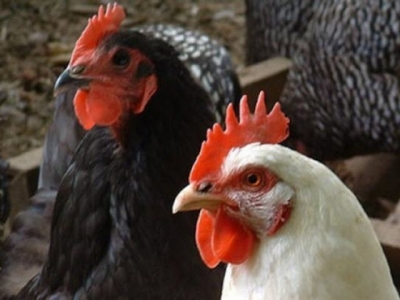New chicken immune cell increases susceptibility to Mareks disease

Findings identify new pathways involved in development of disease, which can help identify chicken lines that are more resistant to MDV
Scientists at The Pirbright Institute in the U.K. have identified a new type of immune cell in chickens that is involved in the development of Marek’s disease.
Marek’s disease virus (MDV) is highly contagious and causes a deadly cancer of the lymph nodes (lymphoma) and immunosuppression in poultry, making birds susceptible to secondary infections. MDV is a major threat to the poultry industry, with losses relating to the disease estimated to be as much as $2 billion worldwide.
Published in PLOS Pathogens, the research reveals that infection with MDV increases the number of new immune cells, called suppressor lymphocytes, that suppress the chicken's immune response. The study also shows that higher numbers of suppressor lymphocytes increase the susceptibility of chickens to lymphoma formation.
Dr. Shahriar Behboudi, head of the avian immunology group at Pirbright, said, “Some viruses exploit host immune cells for their own purpose to evade normal host defenses. We found that MDV can modulate immune responses by activating suppressor lymphocytes, contributing to immunosuppression and lymphoma formation.”
The scientists also noted that lymphoma cells have similar characteristics to suppressor lymphocytes, meaning they, too, can suppress immune responses. Combined, these findings identify new pathways that are involved in the development of the disease, which can help identify chicken lines that are more resistant to MDV.
Related news
 Feed efficiency research in poultry has implications for human health
Feed efficiency research in poultry has implications for human health Birds with improved feed efficiency had better mitochondrial function that included less oxidative stress.
 Water, early nutrition boost feed efficiency in poultry
Water, early nutrition boost feed efficiency in poultry Improvements in feed efficiency for poultry start with a focus on the quality of water and feed offered at hatching, says expert.
 Will disinfectants inactivate avian influenza in chicken feed?
Will disinfectants inactivate avian influenza in chicken feed? Treating non-pelleted chicken feed with disinfectant products may reduce transmission of highly pathogenic avian influenza, says expert.